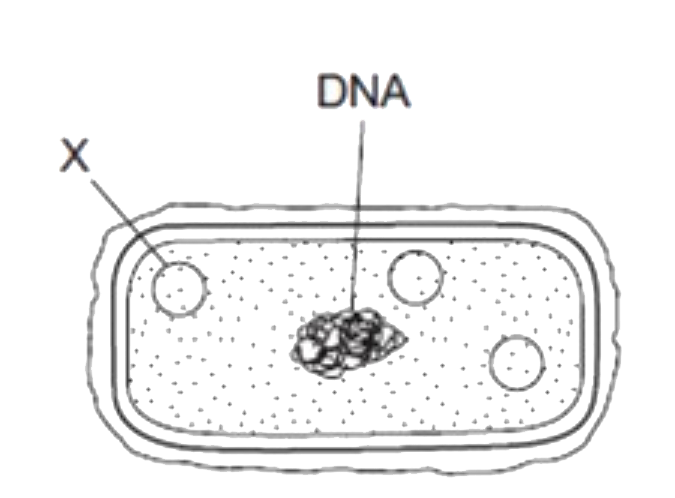Why is the structure of ice porous ?
The correct Answer is:Due to cage like structure resulting from hydrogne bonding
Step-by-Step Solution:
1. Understanding the Composition of Ice:
- Ice is primarily composed of water (H₂O). Each water molecule consists of two hydrogen atoms and one oxygen atom.
2. Molecular Arrangement in Ice:
- In the solid state, water molecules arrange themselves in a specific pattern. The arrangement is not random; rather, it forms a structured lattice.
3. Hydrogen Bonding:
- Water molecules are polar, meaning they have a partial positive charge on the hydrogen atoms and a partial negative charge on the oxygen atom. This polarity leads to hydrogen bonding between water molecules.
- Each water molecule can form up to four hydrogen bonds with neighboring water molecules.
4. Formation of Cage-like Structure:
- The hydrogen bonds create a three-dimensional network that holds the water molecules in a fixed position. This network results in a cage-like structure.
- The arrangement of these hydrogen bonds creates open spaces or pores within the structure of ice.
5. Porosity of Ice:
- The presence of these open spaces or pores is what makes ice less dense than liquid water. This is why ice floats on water.
- The porous structure is a direct consequence of the hydrogen bonding and the arrangement of water molecules in the solid state.
6. Conclusion:
- The structure of ice is porous due to the hydrogen bonding between water molecules, which leads to the formation of a cage-like arrangement with open spaces.
- Ice is primarily composed of water (H₂O). Each water molecule consists of two hydrogen atoms and one oxygen atom.
- In the solid state, water molecules arrange themselves in a specific pattern. The arrangement is not random; rather, it forms a structured lattice.
- Water molecules are polar, meaning they have a partial positive charge on the hydrogen atoms and a partial negative charge on the oxygen atom. This polarity leads to hydrogen bonding between water molecules.
- Each water molecule can form up to four hydrogen bonds with neighboring water molecules.
- The hydrogen bonds create a three-dimensional network that holds the water molecules in a fixed position. This network results in a cage-like structure.
- The arrangement of these hydrogen bonds creates open spaces or pores within the structure of ice.
- The presence of these open spaces or pores is what makes ice less dense than liquid water. This is why ice floats on water.
- The porous structure is a direct consequence of the hydrogen bonding and the arrangement of water molecules in the solid state.
- The structure of ice is porous due to the hydrogen bonding between water molecules, which leads to the formation of a cage-like arrangement with open spaces.
Similar Questions
Discuss the structure of ice.
View SolutionDraw the structures of white phosphorus and red phosphorus. Which one of these two types of phosphorus is more reactive and why?
View SolutionDescribe the structure of the common form of ice.
View SolutionWhy are angiosperm anthers called dithecous ? Describe the structure of its microsporangium.
View SolutionWhy are angiosperm anthers called dithecous ? Describe the structure of its microsporangium.
View SolutionThe diagram shows the structure of a bacterial cell.

The presence of structure C in the bacterial cell is one reason why bacteria are used in genetic engineering . In the cloning vector pBR322, which gene is responsible for the replication of structure X ?
View SolutionWith reference to the structure of the two crystalline allotropes of carbon, state why diamond is inert or unreactive while graphite in comparably more reactive,
View SolutionWhy are alkenes and alkynes regarded as unsaturated hydrocarbons? Discuss the structures of ethene and ethyne.
View Solution(a) Draw the structure of the intiiator tRNA adaptor molecule.
(b) Why is tRNA called an adaptor molecule ?
View Solution(a) Draw the structure of the intiiator tRNA adaptor molecule.
(b) Why is tRNA called an adaptor molecule ?
View Solution
